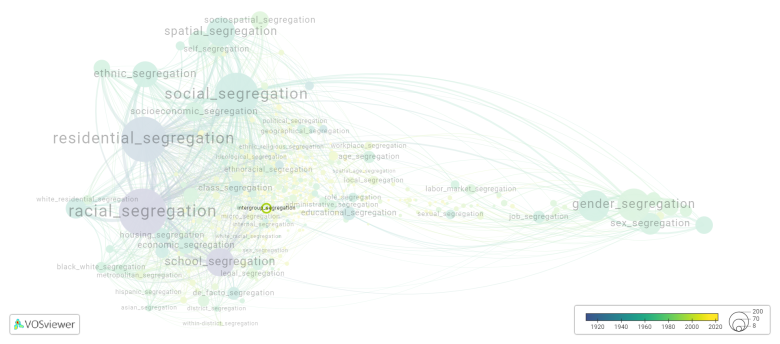Intergroup segregation
Date and country of first publication[1]
2007
United States
Definition
Intergroup segregation refers to the separation of different social, ethnic, or cultural groups within a society. It can occur in various contexts, such as residential areas, schools, workplaces, or even public spaces.
Intergroup segregation often arises due to historical, socioeconomic, and cultural factors that contribute to the creation of distinct communities. This separation can be voluntary or enforced by laws, policies, or systemic discrimination.
This phenomenon can have significant social, economic, and psychological consequences. It can perpetuate inequality and disadvantage for marginalized groups, limit opportunities for interactions and understanding between different groups, and perpetuate stereotypes and biases.
Efforts to address intergroup segregation involve promoting diversity, inclusion, and equal opportunities. These may include policies such as desegregation programs, promoting affordable housing in diverse neighborhoods, implementing anti-discrimination laws, and fostering intergroup contact and dialogue.
See also
Related segregation forms
Intergroup segregation is frequently discussed in the literature with the following segregation forms:
residential segregation, white residential segregation, latino white segregation

This visualization is based on the study The Multidisciplinary Landscape of Segregation Research.
For the complete network of interrelated segregation forms, please refer to:
References
Notes
- ↑ Date and country of first publication as informed by the Scopus database (December 2023).
Intergroup segregation appears in the following literature
Wahl A.-M.G., Breckenridge R.S., Gunkel S.E. (2007). Latinos, residential segregation and spatial assimilation in micropolitan areas: Exploring the American dilemma on a new frontier. Social Science Research, 36(3), 995-1020. https://doi.org/10.1016/j.ssresearch.2006.07.004
